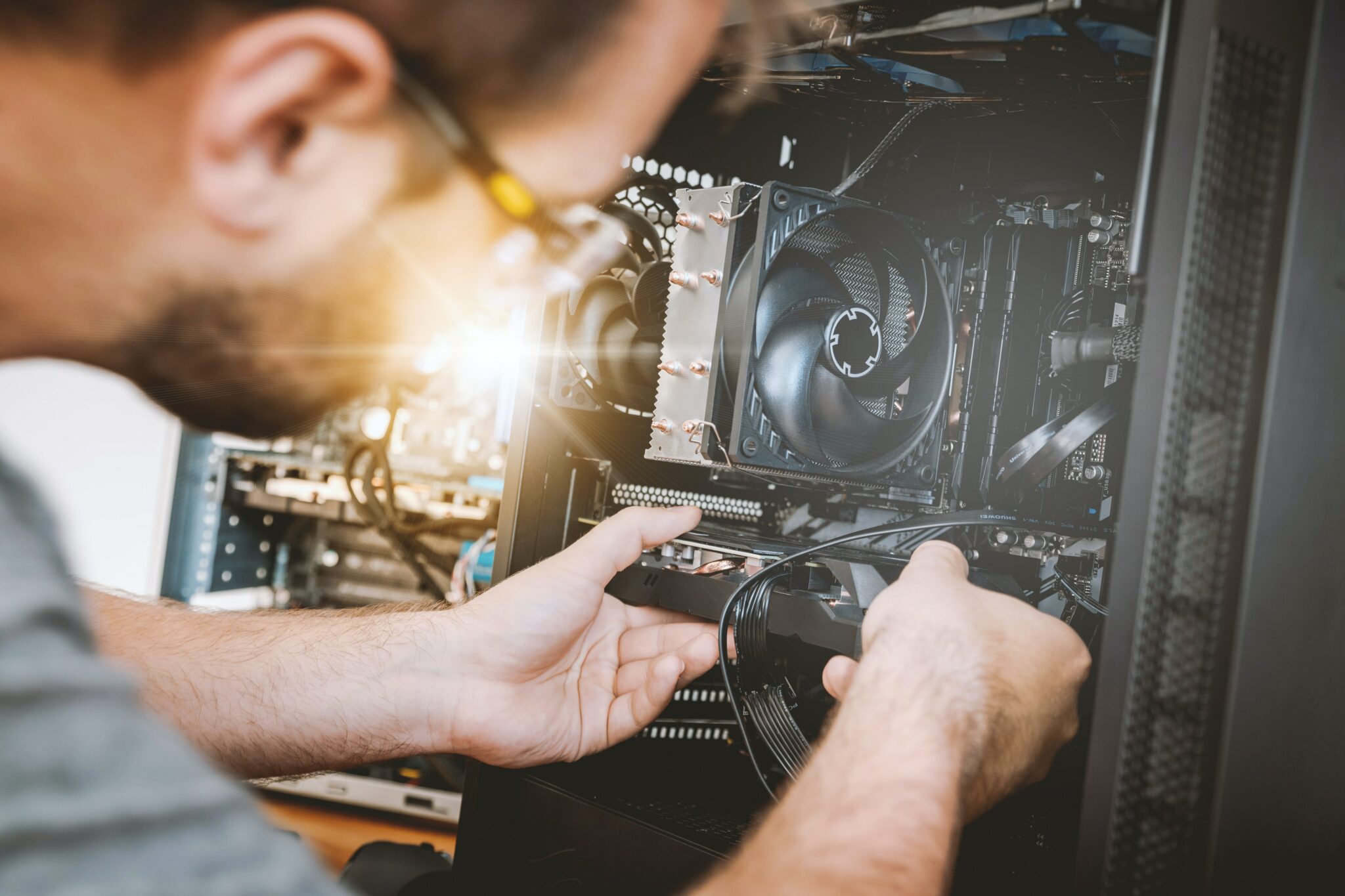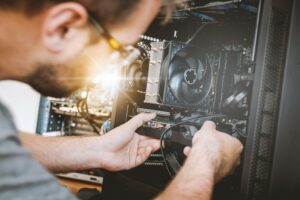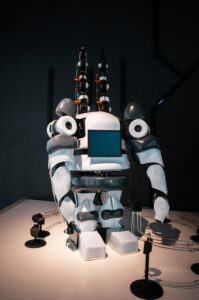Industry 5.0: definition, characteristics and challenges
Discover what Industry 5.0 is: an industrial revolution that relies on collaboration between man and machine.

Throughout history, all industrial revolutions have found their origins in the evolution of technology. Today, we'll be talking aboutIndustry 5.0 or the fifth industrial revolution. Along with the new technical and economic challenges of the sector, this transformation also focuses on the well-being of the worker by incorporating the concepts of sustainability and resilience. Here is everything you need to know about Industry 5.0.
Industry 5.0: definition
This industrial revolution devotes an essential place to new devices: intelligent machines. If theInternet of Things (IIoT) and Big Data are the two main elements, the human being is not to be forgotten, much to the contrary.
While Industry 4.0 was based primarily on the interconnection of machines and the maximum optimization of performance, Industry 5.0 continues in this line, while emphasizing the collaboration between human and machine. It finds its climax in the interaction between human creativity andartificial intelligence.
Industry 5.0 also focuses on its contribution to society and is committed toenvironmentally friendly practices.

jeshoots on unsplash
The challenges of Industry 5.0
The fifth industrial revolution, based on technology, promotes a human-centered model of growth and development based on sustainability and resilience.
Sustainability
Industry 5.0 is characterized by production systems based on renewable energy. It aims to reduce its carbon emissions by 55% by 2030. To achieve this, the recycling of natural resources and circular processes are strongly emphasized.
Resilience
This industrial revolution also relies on the ability of industries to adapt to adverse and extreme situations such as natural disasters, pandemics or geopolitical issues. Industry 5.0 is working to cope with these disruptions through flexible and adaptive technologies.
The human being at the heart of the production model
Industry 5.0 supports human work. It thus advocates a more human approach to industry. This means that the human being is placed at the center of the production model. Thus, the main challenge is to put technology at the service of people. This approach implies a reasonable use of technology so that it does not infringe on fundamental human rights.

apexels-ali-pazani
The differences between Industry 5.0 and Industry 4.0
The differences between Industry 4.0 and Industry 5. 0 lie in their objectives, their approaches, the technologies used and their respective relationship to the environment.
- Goals - As we just saw, while Industry 4.0 focuses on smart manufacturing and system optimization, Industry 5.0 additionally focuses on sustainability, social benefit and worker well-being.
- Approach - for Industry 4.0, the approach is based on real-time data monitoring. In the fifth industrial revolution, it is more aboutusing technology ethically to meet human needs. Technological decisions are thus sociocentric.
- Technologies - Industry 4.0 is based on automation, advanced robotics, machine-to-machine communication, cyber-physical systems and the Internet of Things. Industry 5.0, focusing onhuman-machine interaction . For example, technologies for monitoring mental fatigue, collaborative robots (cobots), biomimicry, predictive maintenance and decision support systems are particularly appreciated.
- Environment - in Industry 4.0, systems prevent waste via data analysis, however, the production method increases energy consumption. Industry 5.0 is still about waste prevention and recycling , and more use is made of renewable energies.

maximalfocus on unsplash
The challenges to be met
By promoting a sustainable, resilient, and human-centered industry, Industry 5.0 would benefit businesses, the planet, and workers. However, for industry to be productive and efficient, some challenges still need to be addressed.
Of course, just as with Industry 4.0, the issue of security and data protection should not be overlooked, whether it is industry or employee data. Optimal security is an indispensable element of Industry 5.0.
This 5th industrial revolution requires the development of new skills so that humans can work in harmony with machines. Workers must be able to program and manage the industrial robot. This gives rise to the emergence of new professions.
Adopting these new technologies will take time and effort. To meet the new needs and adapt to these new models, AMEG Group will help you in this transition. Contact us for more information.

